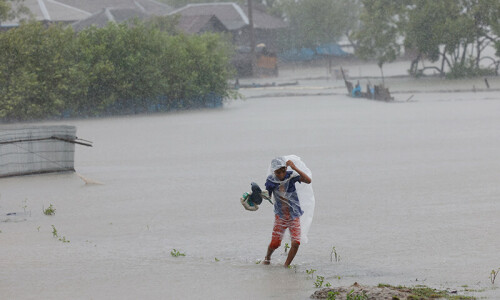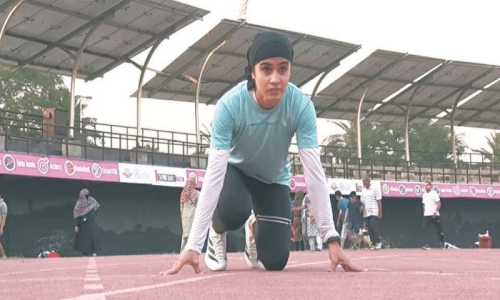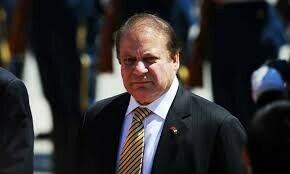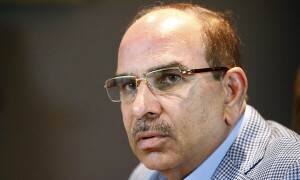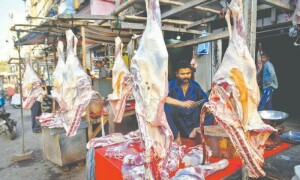Powering Saarc

THE signing of an agreement at the just concluded 18th Saarc summit to create a regional electricity grid could have far-reaching outcomes if managed properly.
The moment presents a powerful opportunity. But to understand this, it is important to notice a subtle shift that is taking place in the region, which was evident in Kathmandu.
Saarc has long had to deal with an imbalance within it: one very large country surrounded by a number of very small ones. As a result, in the Saarc region, there has been no compelling economic force to push towards regional integration, unlike East Asia or Europe for instance.
Even in North America, access to the vast pool of cheap labour in Mexico did a lot to create a constituency for free trade and investment.
This structural fact of life in South Asia — the sheer asymmetry in the economic weight between one country versus all the rest — has done more to inhibit regional integration than any territorial disputes and geopolitics.
In Kathmandu, Prime Minister Narendra Modi alluded to this by reminding the assembled delegates that his country need not submit to any regional regime governing trade and investment if it did not want to, since it could pursue its interests through bilateral channels if it wanted to. “The bonds will grow,” he said, referring to growing regional integration in the years to come, “through Saarc or outside it. Among all of us or some of us.”
The offer to create a regional electricity grid is an opportunity to move out from under the shadow of this asymmetry. India has its own reasons for bargaining away some of its dominance in exchange for a regional grid.
The US representative — present as an observer — pointed towards these reasons when she spoke of her country’s “support for an Indo Pacific Economic Corridor”. China’s growing role in South Asia is another powerful impetus for India to do more on regional integration in its own neighbourhood, a fact underlined by China’s delegation — also present as observers — which highlighted its own growing investments in Saarc countries.
Pakistan can now eye the massive potential hydroelectric surpluses of Nepal and Bhutan, with India providing the transit corridor. Pakistan can also become a seller in this market once the massive power surpluses of Central Asia begin arriving here under the CASA 1000 project.
For two years now, a proposal to connect Lahore and Amritsar with a transmission line to carry 500MW of electricity has been waiting for bilateral approval.
As soon as India’s leadership is ready to shed its dour take on Pakistan and talk business, the proposal can move ahead through talks between the foreign secretaries of both countries.
All internal approvals within Pakistan are in place. The ball now lies squarely in Mr Modi’s court.
Published in Dawn, November 29th , 2014














